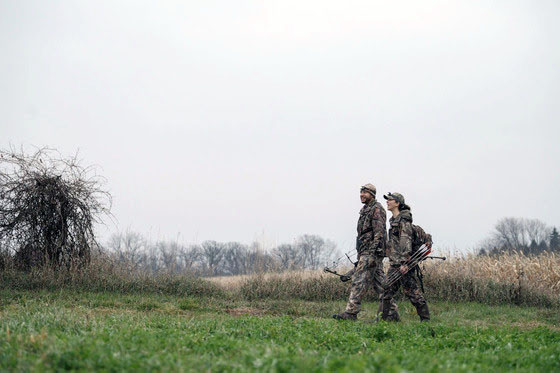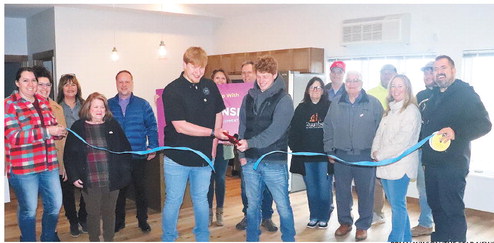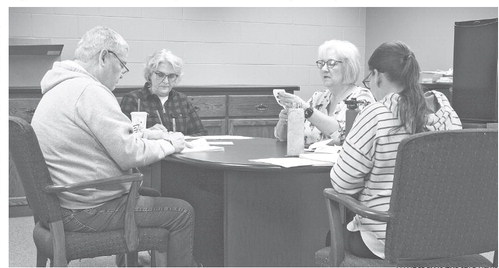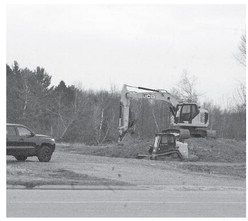Discover and explore the state’s public hunting land


The public is encouraged to explore and hunt on public land this hunting season. Wisconsin has millions of acres of public land, and most are open to hunting. Time spent exploring and hunting these areas alone, or with family and friends, creates memories that last a lifetime.
Hunters can search for, and discover, new public hunting areas, using the DNR’s mobile-friendly online public lands mapping tools. These tools provide information on state-owned properties, voluntary public access lands and more.
This tool shows DNR properties, and nearly all federal and county-owned lands. Hunters should confirm beforehand, to verify hunting is allowed. The Open Managed Forest Law/Forest Crop Law properties are also included.
A fields and forest lands interactive game bird hunting tool, helps hunters locate young aspen and alder habitat, woodcock and ruffed grouse hunting areas, pheasant stocked public hunting grounds and public-access dove fields.
Funded by the U.S. Department of Agriculture, the Voluntary Public Access and Habitat Incentive Program provides landowners with financial incentives, to open their properties year-round, to public hunting access. Hunters should read the guidelines for accessing voluntary public access properties.
Once hunters have done their preliminary research online, the next step is to scout the habitat and search for wildlife sign. The DNR recommends hunters scout multiple options, in case of changing weather conditions or added hunter pressure in a particular area.
Hunters are reminded that public lands are for everyone, and it is likely that other hunters and recreational users could be on the property.
Ensure a safe and successful experience on Wisconsin’s public lands, by doing the following:
• Know the property boundaries and only hunt in legal areas.
• Follow leave no trace principles; this includes altering or cutting tree limbs.
• Be adaptable and have a backup plan.
• Be aware and respectful of other hunters, recreators and DNR staff.
• Follow the TAB-K rules of firearm safety to protect oneself and others: T – Treat every firearm as if it is loaded.
A – Always point the muzzle in a safe direction.
B – Be certain of the target, what’s before it and what’s beyond it.
K – Keep finger outside the trigger guard, until ready to shoot.




